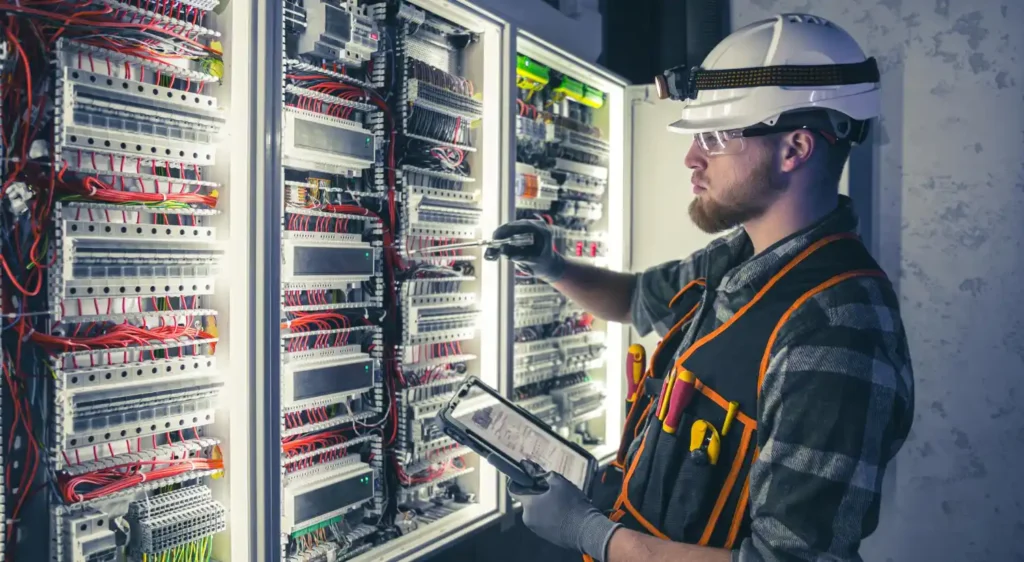Launched in 2015, Heat Trust is a voluntary stakeholder-led customer protection scheme for the growing heat network sector.
The scheme aims to ensure all heat network customers have access to dependable heat supplies and excellent customer service. It sets consistent customer service standards for the sector based on those in the gas and energy markets and provides customers with the chance to settle disputes independently through the Energy Ombudsman.
Under current rules, heat networks are required to have a Heat Energy Supply Agreement in place with each customer before they can register with Heat Trust.
However, for many housing associations and local authorities, Heat Energy Supply Agreements are not used, as heat arrangements are often captured in tenancy or leasehold agreements.
Under the new plans the scheme would allow existing heat networks that do not use Heat Energy Supply Agreements to register with Heat Trust, providing that they clearly set out their commitments to specific service standards, terms and conditions – for example, by creating a customer charter.
Heat Trust already covers 51 heat networks across the country and more than 30,000 heat customers.
It is hoped that the rule changes will allow heat suppliers to guarantee thousands more families access to guaranteed customer service by registering their sites with the scheme.
Bindi Patel, head of scheme at Heat Trust, said: “As more housing associations and local authorities take on the role of heat suppliers, it is important that customers living in their homes feel confident that they are guaranteed dependable heat supplies and high quality service.
“As technology advances and the heat network market grows, it is vital that customer satisfaction remains the top priority for providers. Heat Trust is already driving up customer service standards across the sector and we hope to be able to open up the scheme to more homes with these changes to our rules.”
Both the UK and Scottish governments have stated their support for heat networks as part of the transition to a low carbon energy system. The 2017 Clean Growth Strategy states that heat networks could provide between 17-24% of the UK’s heat demand.
A consultation on the proposed changes to the Heat Trust scheme is now open. A consultation document can be found on the consultations page of the Heat Trust website. Completed consultation responses should be emailed to

